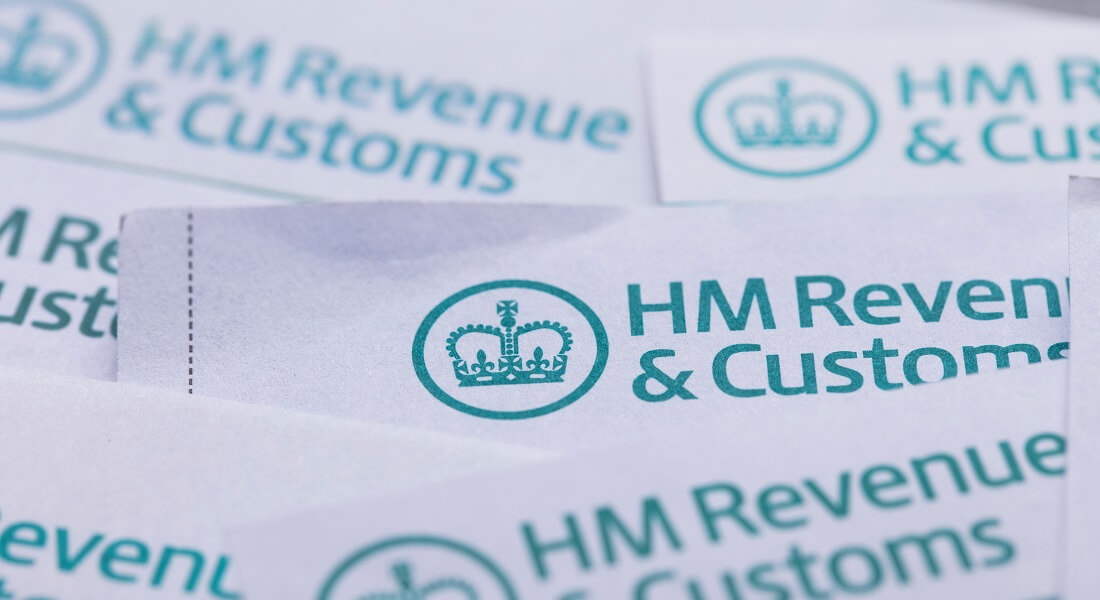National Insurance rate cut
From 6 January 2024, employees earning between £12,570 and £50,270 per annum will pay 10% National Insurance (NI). This is a cut of 2% and means that an average worker, earning £35,400, will receive an additional £450 in their pay packet. Someone in the higher tax bracket of £70,000 will be £750 better off. The Chancellor said: “This will reward work and sustainably grow the economy, providing a combined rate of Income Tax and NICs for an employee paying the basic rate of tax of 30% – the lowest since the 1980s.”
Veteran NIC relief
Employers who hire veterans will receive an additional year of NIC relief. This relief was implemented in April 2021, with qualifying businesses paying zero rate employers’ NIC up to the veteran’s upper secondary threshold, which is currently £50,270. An employee qualifies as a veteran if they have either:
- Served in the regular armed forces for at least one day
- Completed at least one day of basic training
The benefit is accessible to any veteran who has begun their first civilian job, regardless of when they left the regular armed forces.
The qualifying period begins on the first day of the veteran’s first civilian employment after leaving the regular armed forces and ends 12 months later.
NIC relief and Investment Zone programmes
Following the 2023 Spring Budget, the Government launched the refocussed Investment Zones programme, which afforded tax and NIC reliefs for qualifying employers. Eligible businesses enjoy a range of ‘tax’ incentives, such as enhanced capital allowances, relief from Stamp Duty and employer NICs for additional employees. To qualify for the NIC relief, the new employee must spend 60% or more of their working time within an Investment Zone tax site. This rate can be applied on all new hires earning up to £25,000 per annum for those employers operating in a Freeport and Investment Zone sites. The relief is available for up to 36 months per employee.
The original incentives period was five years, but this has since been extended to 10 years. New Investment Zones were also announced for the West Midlands, East Midlands, and Greater Manchester, as well as Wrexham and Flintshire.
Further commentary
Although the reduction in employees’ NIC is welcome, it will only partially offset the freezing of the tax/NIC bands. Normally, the personal allowance for Income Tax and the basic rate limit would have increased in April 2024.
A similar increase would have increased the current higher rate barrier to £53,580. The result was a higher tax burden on people who otherwise would not have been taxed.
Using the 4.6% inflation rate, someone on a low income of £20,000 would have seen their pay increase by £185, instead of £149, with the NIC changes.
It should also be noted that with no reduction in the employers NIC, and the imbalance between employee and self-employment NIC rates, it may mean that disguised employment is encouraged.
Additionally, although the NIC reduction in January 2024 is around six weeks away, with Christmas and New Year in between, the implementation may present difficulties for payroll and software providers, resulting in employees receiving incorrect net pay.
Please contact our Employment Tax team should you have any questions.







